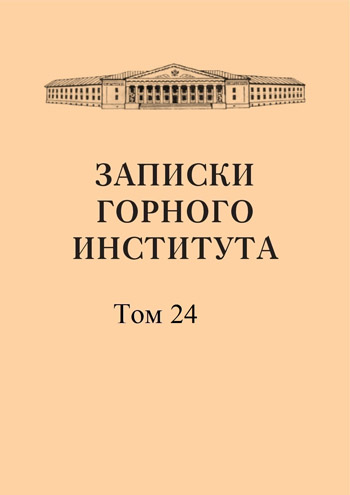Preliminary determination of the size of the train and the number of locomotives for mine haulage
Abstract
Very often, when designing a mining enterprise, when equipping new horizons of existing mines, as well as when reconstructing mine transport, it is necessary to first determine the number of mine cars in the train and the number of working locomotives (contact and battery electric locomotives, diesel locomotives, motor locomotives, etc.). Usually, when solving such problems, the predetermined factors are: 1) the general traffic pattern (haulage) indicating loading and receiving points; 2) the productivity of the mine and individual loading points, determining the volume of transportation of minerals; 3) the type and capacity of the mine car; 4) the technological scheme, operating mode and throughput of the type of transport following the locomotive haulage. With the generally accepted method of calculating locomotive haulage, having all this data, usually on the basis of very general and non-specific considerations, mainly guided by "analogies" and available standard equipment, one or another type is selected locomotive. Next, based on its coupling weight, the maximum composition of the mine's type of cars is selected, all calculation checks are made (for starting the train, heating the engines, braking distances, etc.) and the locomotive's operating mode is established. Finally, in conclusion, motion diagrams are constructed, the trip time, the number of trips per shift, the productivity of one locomotive, the required number of working locomotives are determined and a haulage schedule is constructed, which should be the main production operational document, the conclusion and consequence of all the numerous previous calculations and an immutable law for the enterprise.
